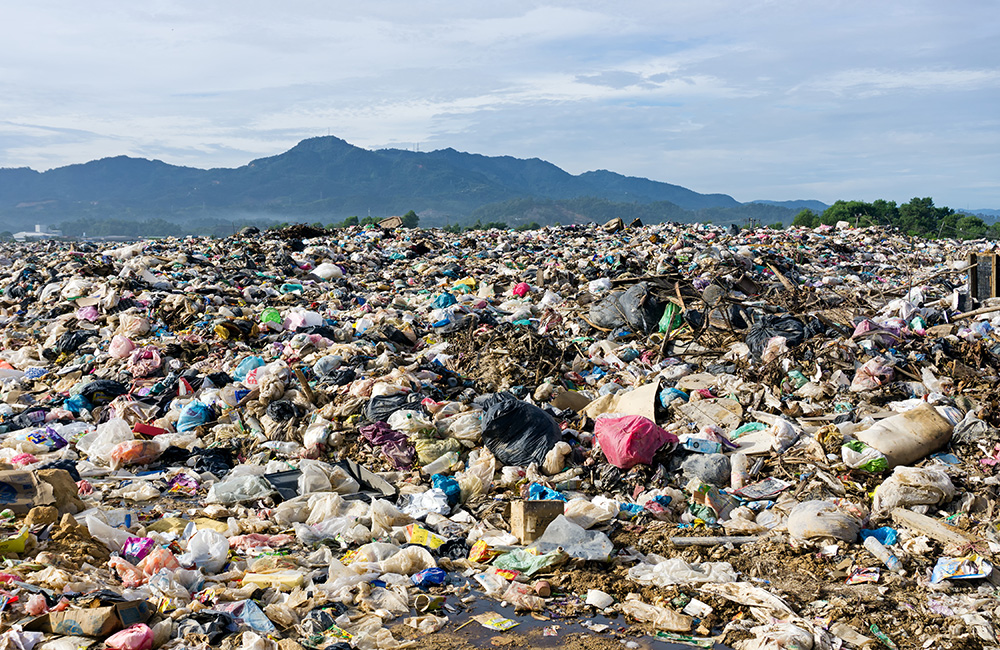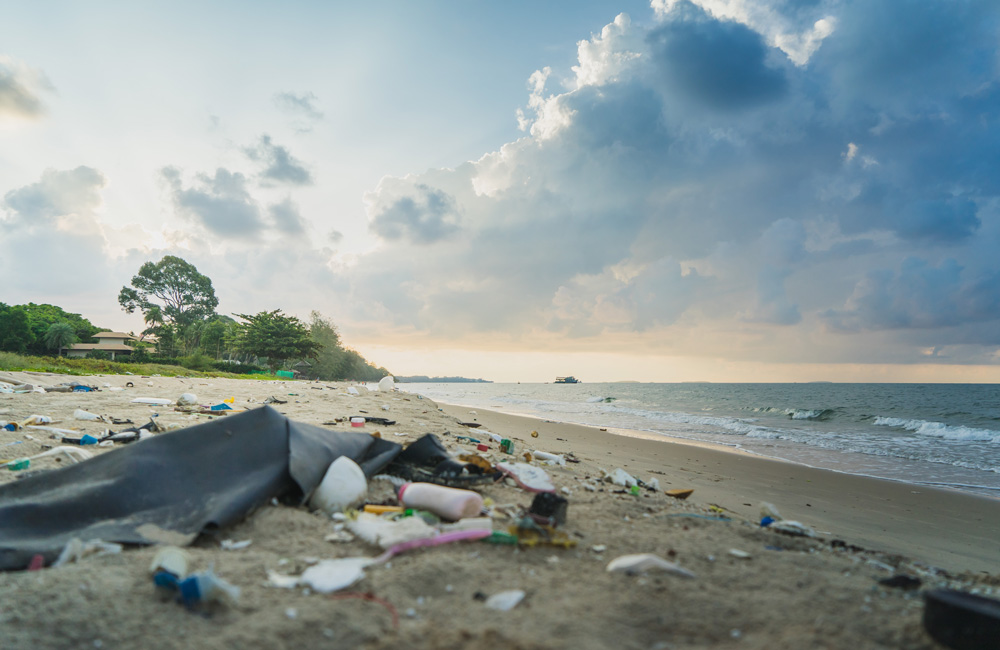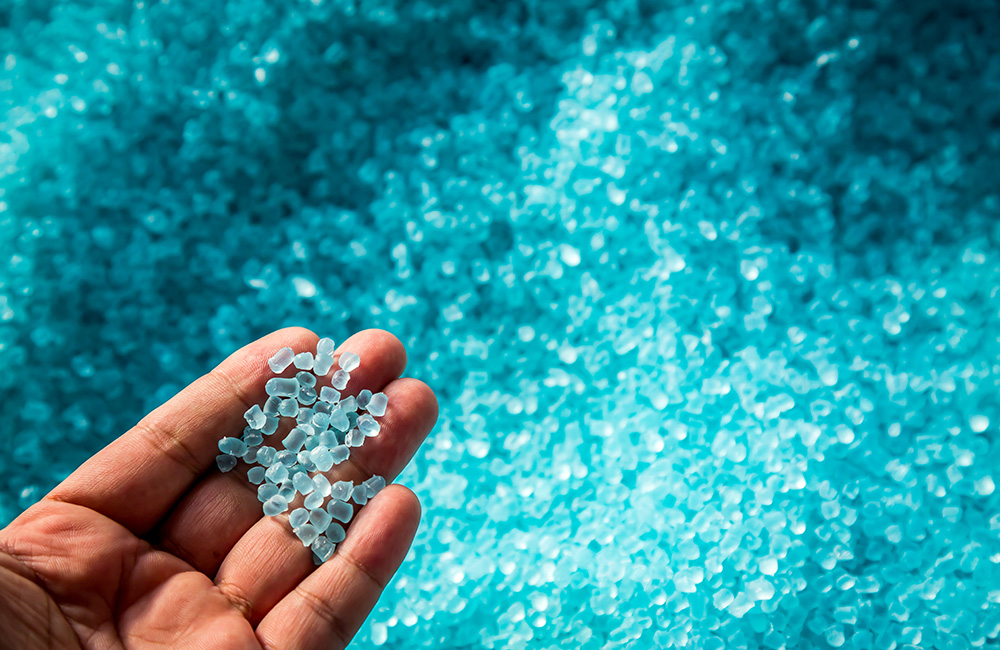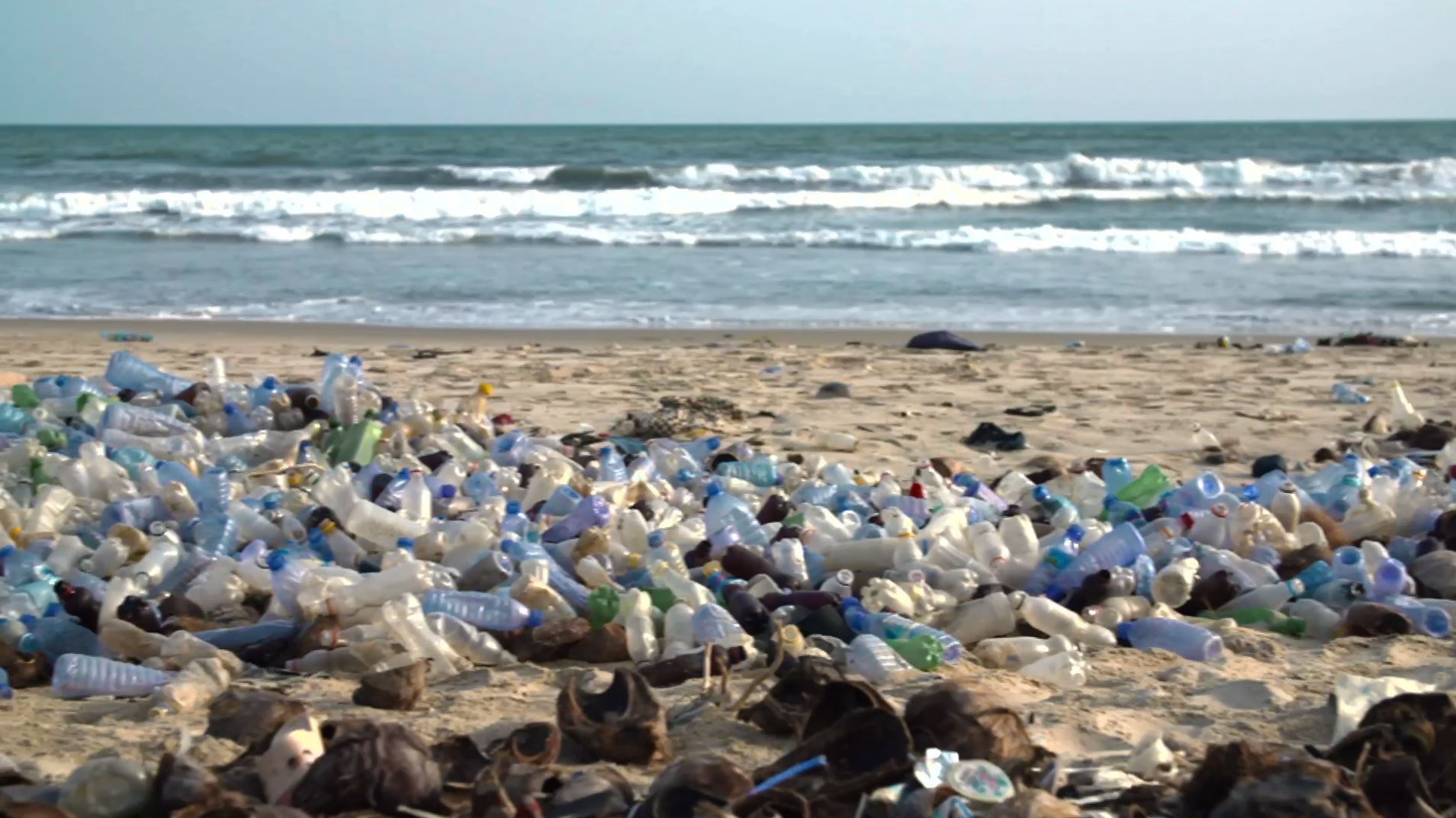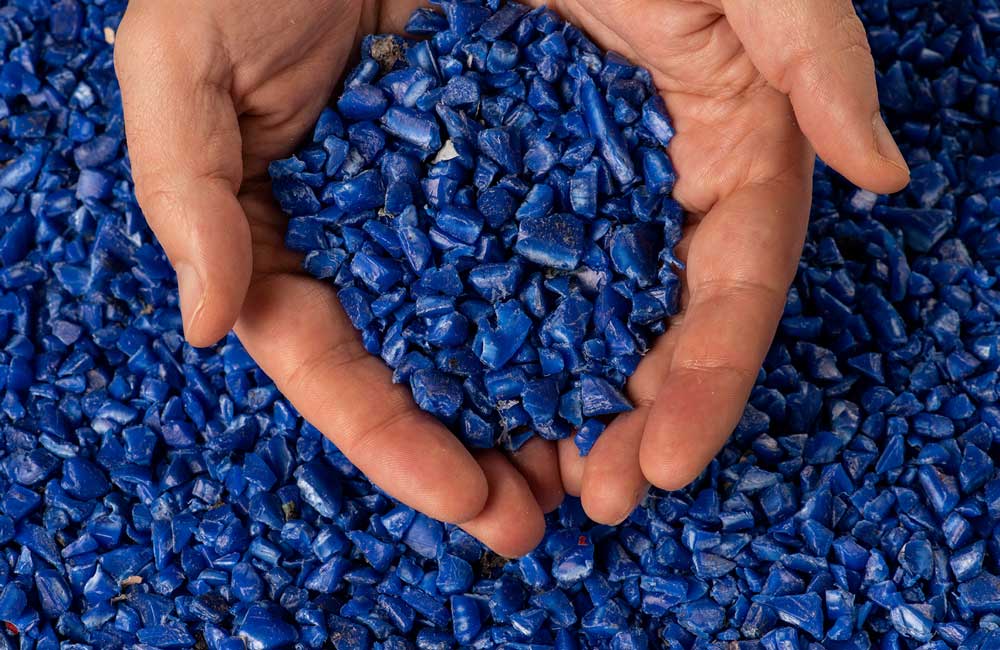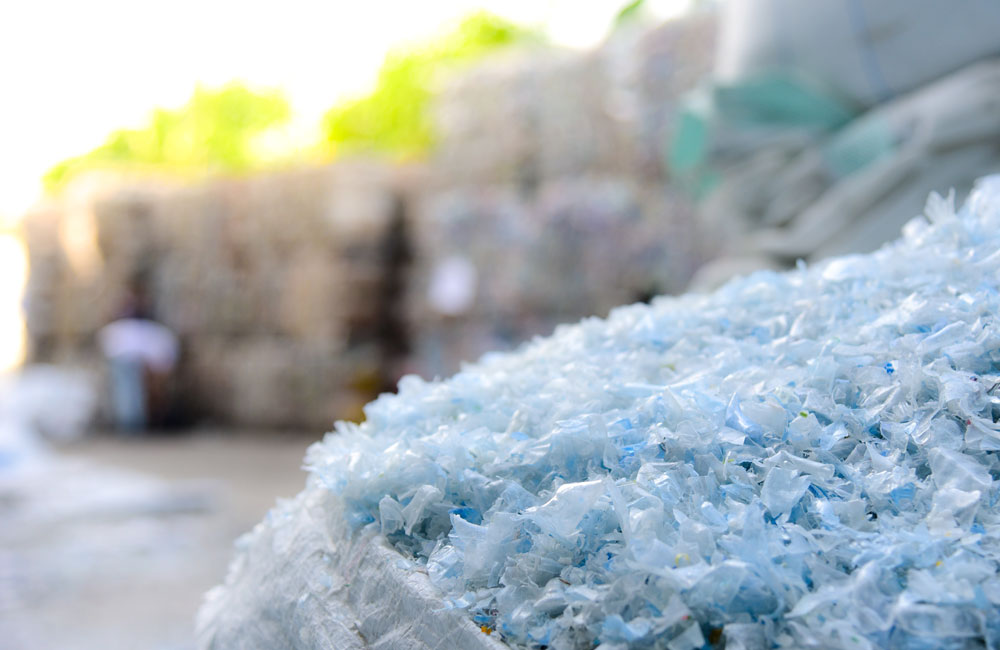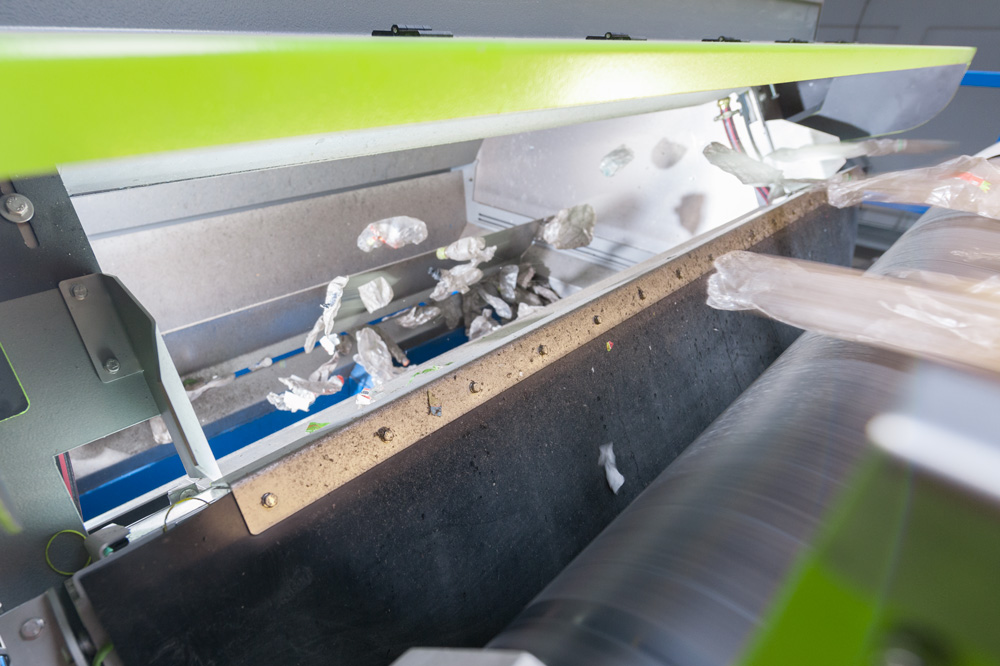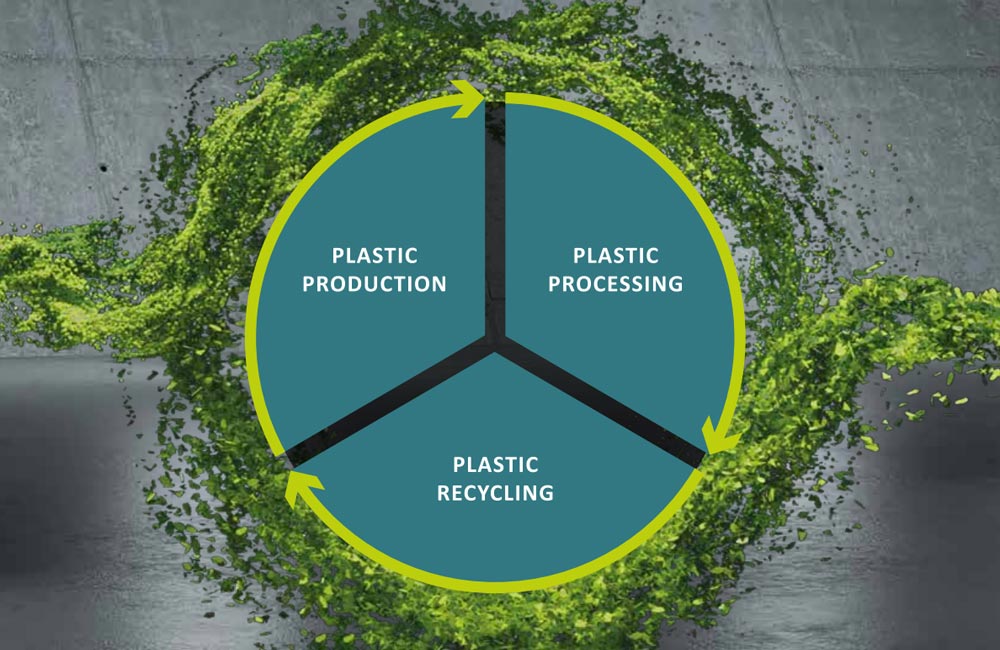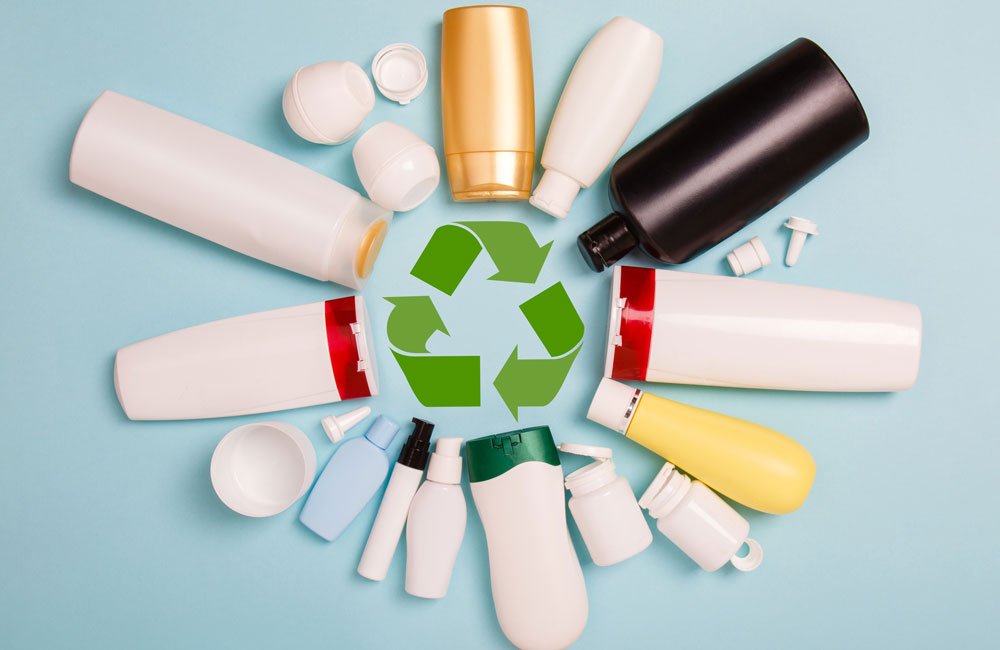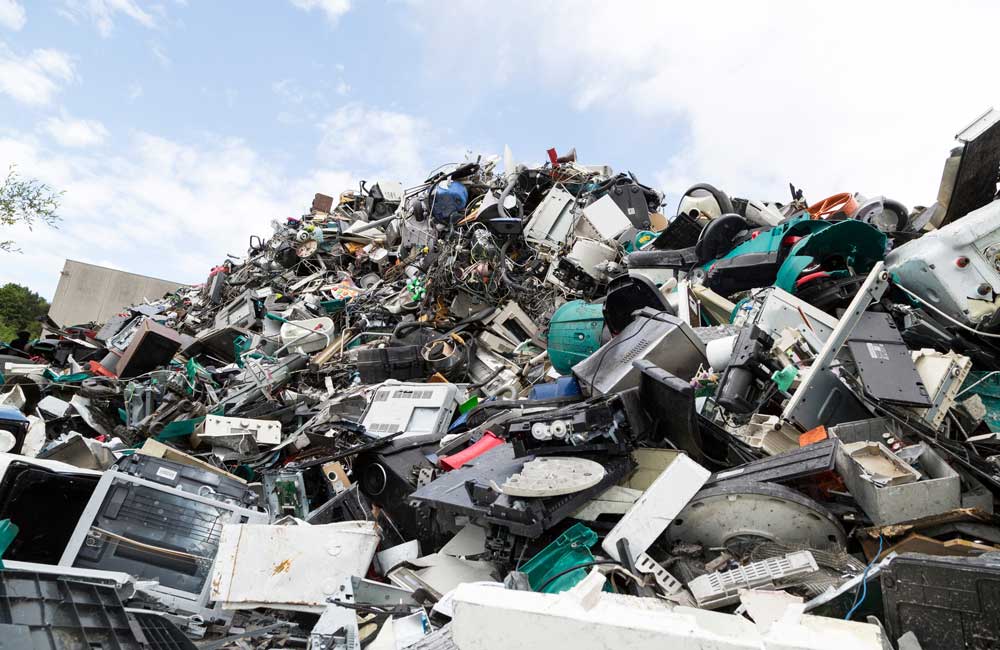26/06/2019 | Sesotec
Plastic: part of the problem…part of the solution - Part 1: a global problem
Some 70 years after the first plastic products hit the market, the vision of a world without plastic waste still appears far off. Yet this substance – a plague once it becomes waste – is an extremely attractive material. What we need is a different approach to dealing with plastic waste. In this multi-part series, we will take a look at the role that the waste management and recycling industry can play in the process. Part 1 takes us to a variety of destinations, including China.
The
production of plastic has increased dramatically around the world in recent
decades and currently stands at 200 times the amount manufactured by factories
back in 1950. Europe is
responsible for one-quarter of the world’s plastic consumption, mainly due to
packaging that lands in the rubbish bin after being used for only a short time.
Plastic is also used in construction (20%), vehicles (8.6%) and electronics
(5.7%).
China and the EU up the pressure
Even today, used plastic is often considered to
be refuse and is seen as a problem that can be taken care of by simply throwing
it away. In recent years, a large amount of used plastic has been shipped to
China, destined for what many believed was a solution. Roughly 51% of the
world’s plastic waste, or 7.5 million tonnes, ended up in China in 2017. At the
time, China was the world’s largest importer of plastic waste. Transporting
waste there by ship, and then loading the ships with new consumer goods for the
journey back to their home countries, was long seen as a profitable business
model. However, this cycle has since been made more difficult by China’s
National Sword initiative. What is the idea behind it?
In January 2018, the Chinese government stopped
the import of low-quality plastic waste as part of its National Sword programme.
Only plastic waste with a purity level of 99.5% or more is still allowed into
the country. China no longer wants to act as a dumping grounds for other
countries. The Asian countries that subsequently stepped in at short notice to
take on the waste have been overwhelmed and will eventually issue their own
bans on imports. As a result, they are not a solution to the current problem,
presenting the waste management and recycling industry with a number of
challenges. Finding alternatives is an absolute must.
The EU has also acknowledged the problem. In
early 2018, it adopted a plastics strategy, stating that all plastic packaging
must be either reusable or recyclable at low cost by 2030.
The strategy poses another challenge for the
waste management and recycling industry that ultimately places it in the same
position as China’s National Sword initiative: ensuring the utmost purity of
plastic waste prior to its recycling and reuse – an essential part of its
ability to be employed as a secondary raw material.
Plastic – and no end in sight
The first plastic product hit the market in 1950. At the time, the world
produced around 1.5 million tonnes of plastic every year. In 2017, that figure
stood at roughly 350 million tonnes annually. A total of 8.3 billion tonnes of
plastic were manufactured between 1950 and 2017. China is the largest producer of plastic (26%), followed by Europe (20%)
and North America (19%). According to estimates from Plastics Europe, plastic production is set
to increase to 1,124 million tonnes.
A floating problem
The world’s oceans are already home to 150
million tonnes of waste. Three-quarters of it is plastic waste, and 1 million
tonnes is added to that amount every year. Many living creatures die a painful
death as a result. So far, little research has been performed on the effects that
plastics in the world’s oceans can have on the health of humans, who are
exposed to it through the food chain. But what has been proved is that plastics
take 350 to 400 years to decompose.
Packaging material disposed of along the
shoreline, residues from rivers and fishing waste, such as leftover nets or
ropes, are the main causes of marine pollution and the suffering of many marine
organisms.
The long-term goal must be to avoid marine plastic
waste entirely. However, creating a circular economy and recognising the value
of material that is widely considered to be refuse will be essential to
achieving this aim.
Tracking down marine debris
Plastic waste is mainly concentrated in five regions: in the north
Pacific, Indian Ocean, south Pacific, north Atlantic and south Atlantic. In
each region, the waste gathers close to the equator, where various water
currents and temperatures converge.
The largest patch of floating debris is the Great Pacific Garbage Patch
in the northern Pacific Ocean, with an area of roughly 1.6 million square
kilometres and an estimated 1.8 trillion pieces of plastic.
Purity matters
With plastic consumption and waste constantly on
the rise, fast and efficient methods of recycling and reuse at the locations
where waste is generated are of the essence.
A new way of thinking and a new approach are
also necessary from a sustainability perspective.
Plastic waste can no longer
be seen as rubbish. In times of dwindling fossil resources, it is a valuable
commodity. Top-quality recycling material is the key to
top-quality reuse.
Read the other parts of this series here:
